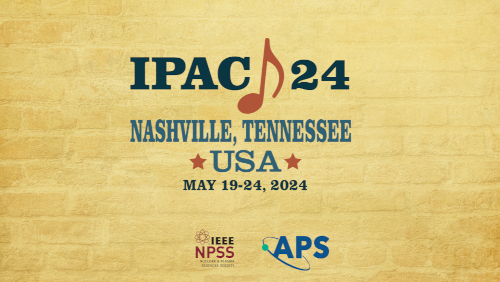Speaker
Description
The model of spin depolarization invoking isolated resonances hinges on a closed-form solution of energy ramping with the Single Resonance Model by Froissart and Stora. However, for non-resonant orbital tunes, resonant depolarization by single resonance crossing is impossible in the SRM while using a pair of Siberian Snakes since the amplitude-dependent spin tune is then fixed to one-half. Polarization loss in RHIC demonstrates that the isolated resonances model is not a good approximation of polarization dynamics with two Siberian Snakes. We therefore extend the model in which a pair of resonances in close proximity push the amplitude-dependent spin tune away from one-half in the presence of Siberian Snakes, allowing the crossing of higher-order spin resonances associated with depolarization. We present results from applying Machine Learning methods that establish spin transport models with two overlapping resonances from tracking data.
Funding Agency
Work supported by Brookhaven Science Associates, LLC under Contract No. DE-SC0012704 with the U.S. Department of Energy, No. DE SC-0024287, and DE-SC0018008.
| Region represented | North America |
|---|---|
| Paper preparation format | LaTeX |

